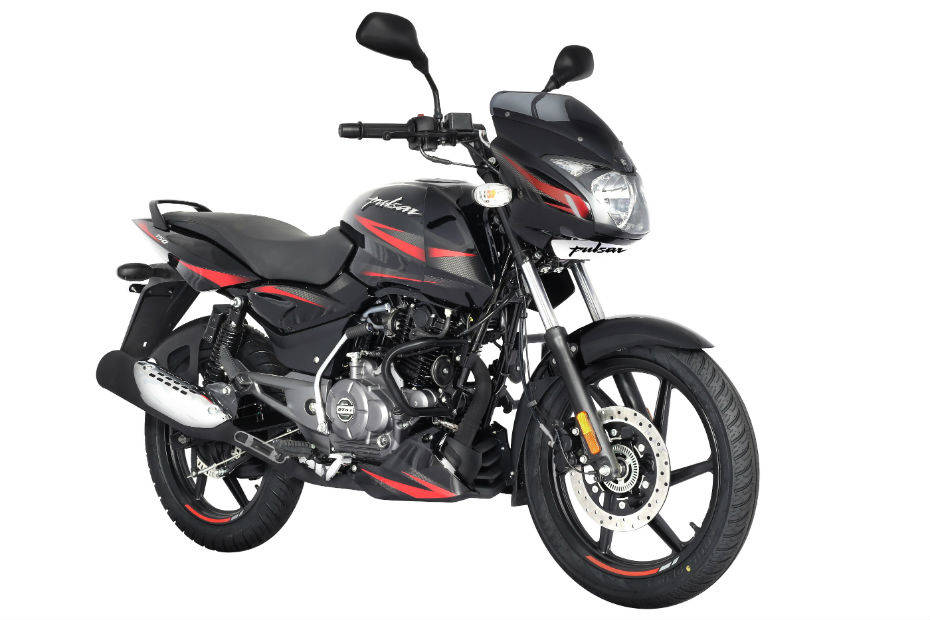Bajaj Pulsar 150 BS6 vs TVS Apache RTR 160 2V BS6: Spec Comparison
Modified On Apr 20, 2020 04:36 PM By Praveen M.for Bajaj Pulsar 150
- 141696 Views
Here’s how the BS6-compliant versions of India’s two most popular sporty commuters fare against each other on paper
The Bajaj Pulsar 150 and the TVS Apache RTR 160 2V are two of the most popular 150cc commuter motorcycles in the country. Now, since both brands have launched the BS6-compliant versions of their respective offerings, a specification comparison is the next obvious step.
Price:

Here’s a table comparing the ex-showroom Delhi prices of all the variants of both the Bajaj Pulsar 150 BS6 and the TVS Apache RTR 160 2V BS6:
Bajaj is generally known to offer excellent value-for-money products, but surprisingly, the BS6-compliant version of the Pulsar 150 is slightly more expensive than its arch-rival. This isn’t a good deal especially because the Apache RTR 160 2V BS6 is not only more powerful (thanks to its bigger engine) but also more affordable. More about the performance figures in the forthcoming paragraphs…
Powertrain:

TVS has nailed the performance of the Apache RTR 160 2V BS6. This coupled with the 9kg lighter kerb weight should theoretically make the bike feel more agile and lively on the road. Apart from being more powerful than the Bajaj Pulsar 150 BS6, the Apache is also more powerful than its BS4-compliant predecessor! That’s rare considering most BS6-compliant versions of BS4 bikes witness a slight drop in the output figures. Both bikes get a 5-speed transmission.
Underpinnings:

The TVS Apache RTR 160 2V BS6 is superior even in this department. It not only gets larger discs but its petal-type construction will also help in dissipating heat faster than conventional discs because of the greater surface area. It also gets meatier rubber on both ends, which should aid in the motorcycle’s handling, at least theoretically.
Dimensions:

The slightly longer wheelbase and the added kerb weight should make the Bajaj Pulsar 150 BS6 more stable on the straights. But in corners, the Apache’s shorter wheelbase and lighter weight will make it easier to flick around. Also, the Apache has a massive 15mm extra ground clearance, which should help the bike go over bad roads effortlessly.
Verdict:

The TVS Apache RTR 160 2V clearly has the upper hand over the Bajaj Pulsar 150 BS6 on paper. It is more powerful, lighter, and at the same time slightly more affordable as well. All said and done, we’ll have to take the two motorcycles for a proper road test to see which one emerges victorious in the real world.
